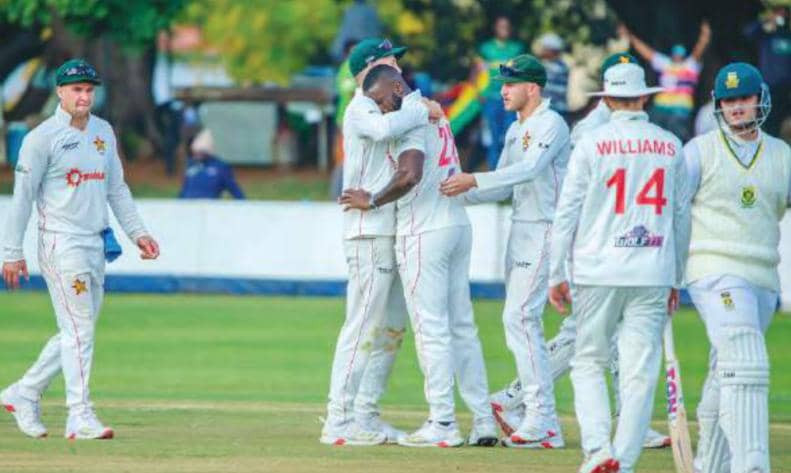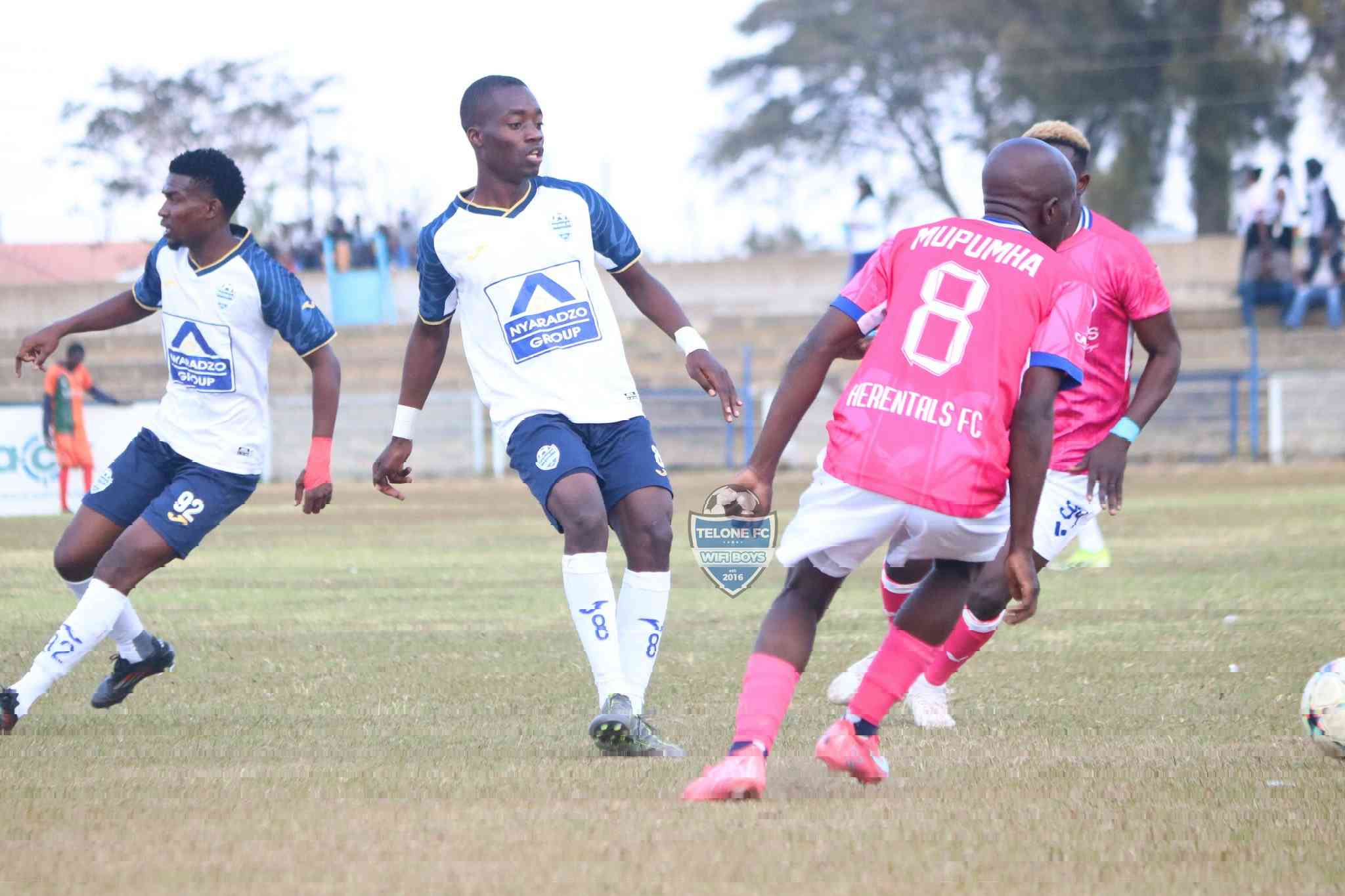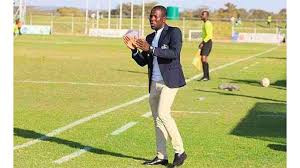
That a paltry crowd turned up to watch the OneWallet Cup final between Dynamos and eventual winners Triangle has raised an interesting debate on whether soccer fans prefer to watch the English Premiership than they do their own domestic games.
Michael Kariati
For a cup final involving the most popular football team in the country in the form of Dynamos to attract a crowd of less than 10 000, appears to show that our domestic game is no longer as popular as those days I was growing up in the dusty streets of Rimuka in Kadoma.
Then, there was no live television screening of English Premiership matches. We used to watch EPL games while gathered at one place and through the window of someone’s house, on a small black and white television for that matter.
More importantly, those English Premiership matches which were screened on Sundays at 6:45pm would have been played a week ago. Those were also the days we used to watch Game of the Week on Wednesdays — a programme that featured a game that the Zimbabwe Broadcasting Corporation felt was the most interesting game of the week. During those days, local soccer matches attracted huge crowds irrespective of who was playing. A game between small clubs like Rio Tinto and Ziscosteel was a sell out. Not mentioning the games between Dynamos against Highlanders or CAPS United.
But events that took centre stage in the final of the OneWallet Cup final between Dynamos and Triangle at the National Sports Stadium last Sunday spoke volumes of how times have changed.
Less than 10 000 people were at the stadium to watch Dynamos play. Under normal circumstances, Dynamos attract crowds of not less than 20 000 people even when they are playing Flame Lily or Masvingo United.
The reason why the game did not attract a big crowd is simple — it was fixtured on the wrong day. It was a day when Manchester United, widely regarded as the most followed team in the world and in Zimbabwe, was playing Everton at Old Trafford.
- Panic grips Bulawayo
- The Soccer Whiz: English football returns
- Inside sport: Catch them early or lose out….
Keep Reading
The Manchester United game was to be followed by another powerful match pitting London rivals, top of table Chelsea and Arsenal.
So, fans chose to stay at home or to go to sports clubs to watch the Red Devils, the Gunners, and the Blues play instead of attending what turned out to be a low-key OneWallet Cup final.
I had a discussion with the former chairman of the Sports Writers Association of Zimbabwe and now Herald Senior Sports Editor Robson Sharuko.
He highlighted that the organisers of the cup final should have realised that the high-profile English Premiership matches were to be a counter attraction to the OneWallet Cup final.
His opinion was that the final should have been played on Saturday and more importantly, should have gone for a dollar for the cheapest seat instead of US$3. I, for one, do agree.
The organisers of future football events should be wary of the power of the Barclays English Premiership when planning events.
Why hide player transfer fees?
Do our clubs have something to hide when it comes to transfer fees?
Rarely are we told how much a player has been sold for. For example; from Highlanders to Dynamos or from CAPS United to Chapungu.
Yet, everywhere in the world, transfer fees are made public because that is the only way a player’s value is calculated. Even player salaries or wages are not a secret for we all know how much cash players earn in the Barclays English Premiership or in other parts of the world.
Yet in Zimbabwe, even some executive members of Dynamos Football Club do not know how much George Chigova was sold for when he joined South African side Supersport.
The Dynamos family deserves to know how much the club benefitted from Chigova. We are not saying we need to know what the money was used for, but just the player’s value.
Apart from Chigova, Dynamos also sold Partson Jaure to University of Pretoria.
What we know is that there was a stalemate over transfer fees. But how much were the South Africans offering and how much did Dynamos finally get?
Chigova and Jaure are examples of the many Zimbabwean players who have been transferred to foreign lands, especially to South Africa — which has become a destination for most of our players. But nobody knows how much the players fetched for their clubs and for themselves.
We deserve to know how much the South Africans felt Zimbabwe’s top goalscorer Tendai Ndoro was worth. Was the transfer fee worth the player’s exploits. Or was he sold for a penny?
How does Ndoro’s offer compare to what the South African clubs themselves are offering players from their home land whose transfer fees have not been made a secret at all?
What is ironic is the fact that we all know that Knowledge Musona moved to Germany club Hoffeinheim on a US$1,2 million deal. That is because he was moving from South Africa to Germany, otherwise we would never have known of the transfer figure had he been moving from Zimbabwe.
Why is this the case in our football? Are there dirty games being played along the transfer lines that may be exposed by revealing the transfer fees?
Yes, it is the duty of journalists to inform football followers of the players’ transfer fees, but this information should be made easily available.
In the case of Jaure, Dynamos should simply have come out in the open to reveal how much the Amatuks were offering and what they themselves were demanding. Why hide the figures?
We need to know the value of our players. That is how we compare ourselves with the other footballing nations.
If our players are of low value, then we should not expect to qualify for the Nations Cup, worse still the World Cup.
For views and comments, email: [email protected], or WhatsApp on 077 3 266 779.











